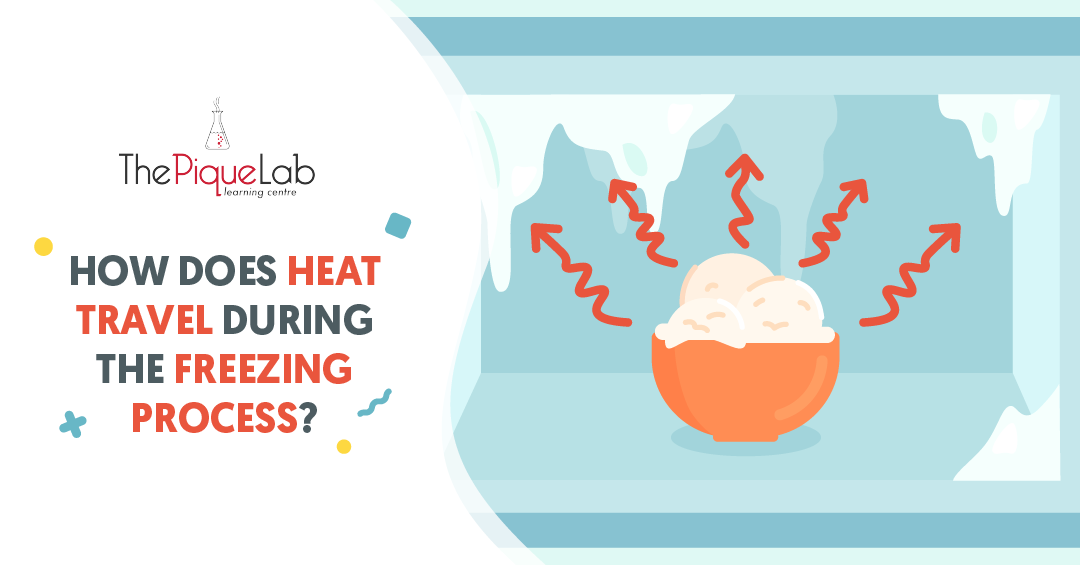Adaptations can be considered as one of the more challenging topics in the PSLE Science syllabus.
For multiple-choice questions (MCQs), examiners typically test students on their understanding of structural and behavioural adaptations.
Read Also
As for open-ended questions (OEQs), students are tested on their ability to identify the reasons behind such adaptations, formulate their thought process and structure their answers in a coherent & scientific manner.
As such, in today’s article, I’ll be sharing the definitions of structural and behavioural adaptations, as well as the thought process required to answer both MCQs and OEQs on Adaptations, with reference to the two questions below.
What Your Child Needs To Know
There are two types of adaptations in the PSLE Science syllabus:
1) Structural adaptation refers to what the organism has.
For example: The camel has long legs to keep the camel’s body further away from the hot sand. This reduces the rate of heat gain from the hot sand to the camel’s body, allowing it to stay cool.
2) Behavioural adaptation refers to what the organism does.
For example: The earthworm burrows underground as the temperature underground is cooler. Burrowing underground also helps to reduce the exposed surface area in contact with direct sunlight, reducing the rate of heat gain by the body from the sun, to stay cool.
MCQ Example: Animal X

Thought Process
Let’s break down the two adaptations:
- Not needing to drink water for long periods
- Changing colour of coat from white in Summer to brown in Winter
Taking A Look At The First Adaptation
All living things require water to survive and this applies to this animal too.
However, the question highlighted that the animal does not need to drink water for extended periods of time.
This could mean two things:
- the animal’s body uses very little water for life processes, or
- the animal has a special mechanism that allows it to reduce water loss from the body.
Either reason suggests that this animal has a structural adaptation, which is an innate function of the animal’s body.
Now, Let’s Examine The Second Adaptation
Changing the colour of the animal’s fur to match the seasons would be a structural adaptation, instead of a behavioural adaptation.
This is because the animal would require the ability of the outer covering to change colour in the first place.
Try This Little Exercise
If your child is still confused, you can get him to imagine himself changing the colour of his skin.
Now, get him to open his eyes. He will realise that the colour of his skin remains the same.
Why?
The colour of his skin will not change because he lacks a structural ability to change his skin colour.
Final Answer
Therefore, the answer to this question would be Option (2).
OEQ Example: King Penguins

King penguins live in a very cold environment. King penguins do not usually lie down. Most of the time, they stand on their feet on the cold ice. Suggest a reason for such behaviour.
Thought Process
When we’re tackling open-ended questions on the topic of Adaptations, it is not enough to simply “state” the adaptation.
Your child needs to be able to explain how this adaptation enables the organism to survive in its natural environment.
In addition, it is important to always remind your child to link his/her answer to the final objective of the adaptation.
Does the adaptation help the organism to stay warm or to stay cool to survive better in its natural environment?
For the above question, standing on its feet helps the King Penguin to survive better in its cold environment. Most of its adaptations help the King Penguin to stay warm.
Final Answer
By standing on their feet, the King Penguin reduces the exposed surface area of their body in contact with the cold ice. This reduces the rate of heat loss from the body to the cold ice, helping their body to stay warm.
Try This Activity With Your Child!
- List all of the possible adaptations for animals living in a hot and cold environment.
- For each adaptation, discuss and prepare an answer to explain how the adaptation helps.
- Focus on the possible adaptations for each climate and not simply on the animals because there are just too many animals in the world to cover! :O

If you like our methodology, we’ve some upcoming workshops:







